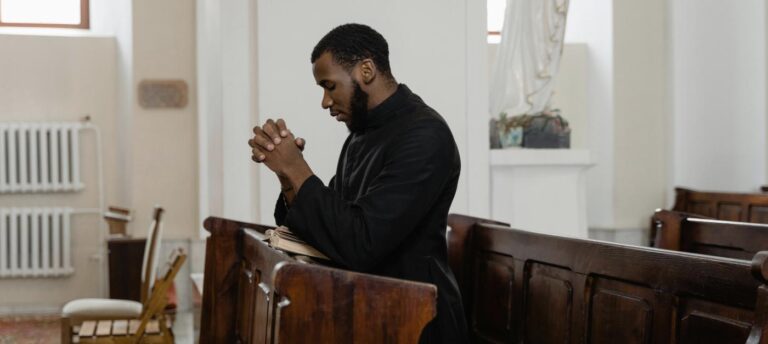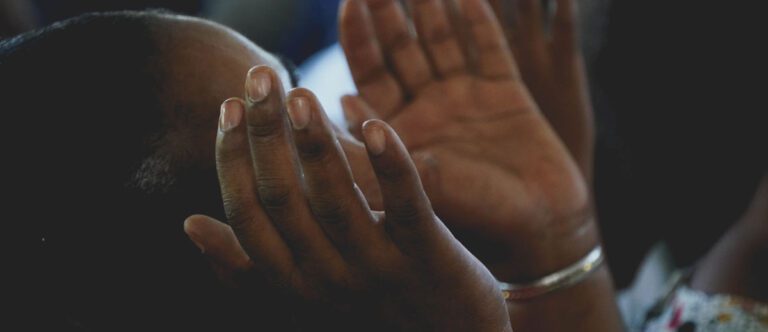Picture a young boy in rural Mississippi, walking down a dusty gravel road to his mailbox. In his hand, he clutches an envelope. It holds box tops and a few coins. They are his ticket to a toy submarine promised on the back of his cereal box.
Every day, he checks that mailbox with hope. His heart fills with joy at the thought of his coming treasure. This childlike faith shows what it means to rejoice in hope.
Key Takeaways
- Biblical hope is joyous, confident expectation.
- True faith produces hope, which generates joy.
- Joy provides supernatural strength for endurance.
- Patient endurance leads to fulfilled promises.
- Our perspective of time affects our ability to maintain hope.
- Joy and peace are indicators of living in hope.
Understanding Biblical Hope

Biblical hope is different from how we use the word “hope” today. When most people say “I hope so,” they’re expressing a wish or desire. But in Scripture, hope means something much more powerful – it’s a joyous, confident expectation.
Romans 15:13 (NASB) captures this beautifully:
“Now may the God of hope fill you with all joy and peace in believing, that you may abound in hope by the power of the Holy Spirit.”
This kind of hope isn’t wishful thinking. It’s born from faith and conviction. When you truly believe God’s promises, hope naturally follows.
And with genuine hope comes with joy – not because circumstances are perfect, but because you’re confident in what’s coming.
“Be joyful in hope, patient in affliction, faithful in prayer.” – Romans 12:12 (NIV)
The Power of Expectation

Think about that boy waiting for his submarine. He had never been to the city. He didn’t know anyone at Kellogg’s. Yet he believed without question that they would keep their promise. His faith produced expectation, and that expectation brought joy.
If we can have that kind of faith in a cereal company’s promise, how much more should we trust in God’s promises? This is what Romans 5:2-4 (ESV) means when it says:
“2 Through him we have also obtained access by faith into this grace in which we stand, and we rejoice in hope of the glory of God. 3 Not only that, but we rejoice in our sufferings, knowing that suffering produces endurance, 4 and endurance produces character, and character produces hope.”
The Joy-Hope-Strength Cycle

When you’re truly walking in hope, it produces joy. This isn’t just positive thinking – it’s a spiritual principle. The joy of the Lord becomes your strength (Nehemiah 8:10). This creates a powerful cycle:
- Faith produces hope (confident expectation).
- Hope generates joy.
- Joy gives supernatural strength.
- Strength enables patient endurance.
- Patient endurance reinforces hope.
This is why Romans 12:12 (KJV) instructs us to be:
“Rejoicing in hope, patient in tribulation, continuing instant in prayer.”
Patience and Perseverance

One of the biggest challenges in maintaining hope is our perception of time. What feels like an endless wait to us is just a moment in God’s timeline. The Scripture tells us that:
“With the Lord one day is as a thousand years, and a thousand years as one day.” – 2 Peter 3:8 (NKJV)
This perspective helps us understand why Hebrews 6:12 (KJV) encourages us to be:
“Followers of them who through faith and patience inherit the promises.”
Patient endurance isn’t passive waiting – it’s actively maintaining hope and joy while we wait.
Practical Signs of Living in Hope

How can you tell if you’re truly walking in hope? Here are some key indicators:
- Sustained joy even in difficulties.
- Peace that passes understanding.
- Renewed strength day by day.
- Persistent expectation of good.
- Resistance to discouragement.
- Constant in prayer.
Isaiah 40:31 (KJV) promises:
“But they that wait upon the Lord shall renew their strength; they shall mount up with wings as eagles; they shall run, and not be weary; and they shall walk, and not faint.”
The Power of Sustained Hope
“The end of a matter is better than its beginning, and patience is better than pride.” – Ecclesiastes 7:8 (NIV)
This truth reminds us that maintaining hope through challenges leads to greater victories than we could imagine. When we keep our joy and expectation intact, we position ourselves for God’s best.
Conclusion
Remember, rejoicing in hope isn’t about denying reality or forcing positive thoughts. It’s about maintaining confident expectation based on God’s faithfulness.
Like that little boy checking his mailbox each day, we can approach God’s promises with childlike faith and joy. We know that He who promised is faithful to deliver.
Frequently Asked Questions
Q. How can I maintain hope during hard times?
A. Focus on God’s promises, not your circumstances. Stay in prayer and surround yourself with encouraging believers.
Q. What’s the difference between worldly hope and biblical hope?
A. Worldly hope is wishful thinking. Biblical hope is a confident expectation based on faith in God’s promises.
Q. How does rejoicing in hope affect our daily life?
A. It provides strength, peace, and endurance while changing our perspective on challenges.
Q. Can you have faith without hope?
A. Biblical faith naturally produces hope – they work together. If you’re truly believing, you’ll have confident expectation.
Q. How do you know if you’re really walking in hope?
A. Look for signs of joy, peace, and renewed strength, even in difficult circumstances.






